Researchers report in ACS Central Science the ability to leverage one additive in black plastics, with the help of sunlight or white LEDs, to convert black and colored polystyrene waste into reusable starting materials.
Tag: Plastics
Turning bacteria into bioplastic factories
Biologists find new ways to encourage the plastic-producing power of purple microbes.
Green warriors: plants on the frontline against microplastics
In an innovative ecological article, researchers have unveiled the potential of phytoremediation to curb microplastic pollution. This approach leverages natural plant processes to absorb and diminish micro and nanoplastics, offering a viable solution for managing environmental plastic pollution.
FAU Sea Turtle Experts Provide ‘Best Practices’ During Nesting Season
Three internationally renowned FAU researchers provide “best practices” and answer some of the most frequently asked questions to help protect Florida’s nesting sea turtles and their hatchlings.
Swarms of miniature robots clean up microplastics and microbes, simultaneously (video)
In a study in ACS Nano, researchers describe swarms of microscale robots (microrobots) that captured bits of plastic and bacteria from water. Afterward, the bots were decontaminated and reused.
New route to recyclable polymers from plants
Cellulose, abundantly available from plant biomass, can be converted into molecules used to make a new class of recyclable polymers, to sustainably replace some plastics.
If we can’t untangle this mess, Norway’s blue industry will never be green
One recent study estimates that the total amount of fishing line lost annually could stretch from the moon and back. A new study from Norway shows that roughly one-third of lines could be recycled.
University of Kentucky scientists develop eco-friendly magnet to battle microplastics
Plastic pollution is a pressing environmental issue, and University of Kentucky Martin-Gatton College of Agriculture, Food and Environment researchers are leading the charge with an innovative solution.
Oxford scientists launch ambitious roadmap for circular carbon plastics economy
Researchers from the Oxford Martin Programme on the Future of Plastics, University of Oxford, have outlined ambitious targets to help deliver a sustainable and net zero plastic economy.
An Exploration of Producer Responsibility Recycling Policies Shows They Can Overcome Challenges
Countries with established plastic Extended Producer Responsibility regulations and landfill bans often have higher recycling rates.
Plastic Use in Agriculture Must be Reduced, According to New Research
International team which includes a Rutgers researcher says innovative recycling methods are needed to protect environment and human health
Cheaper, Abundant Recycled Plastics Can Be Sound Ingredients for Plastic Bottles, Food Packaging
Performance studies of recycled plastics with polypropylene yield strong findings, suggesting sustainable efficiencies for beverage bottles and food packaging.
Polystyrene upcycling
Polystyrene, the main material in plastic tableware and insulating materials, is a widely used polymer but is currently difficult to recycle. Reporting in the journal Angewandte Chemie, a team of US researchers have now developed a thermochemical approach, making it possible to recover valuable chemicals from polystyrene waste in a simple two-step process.
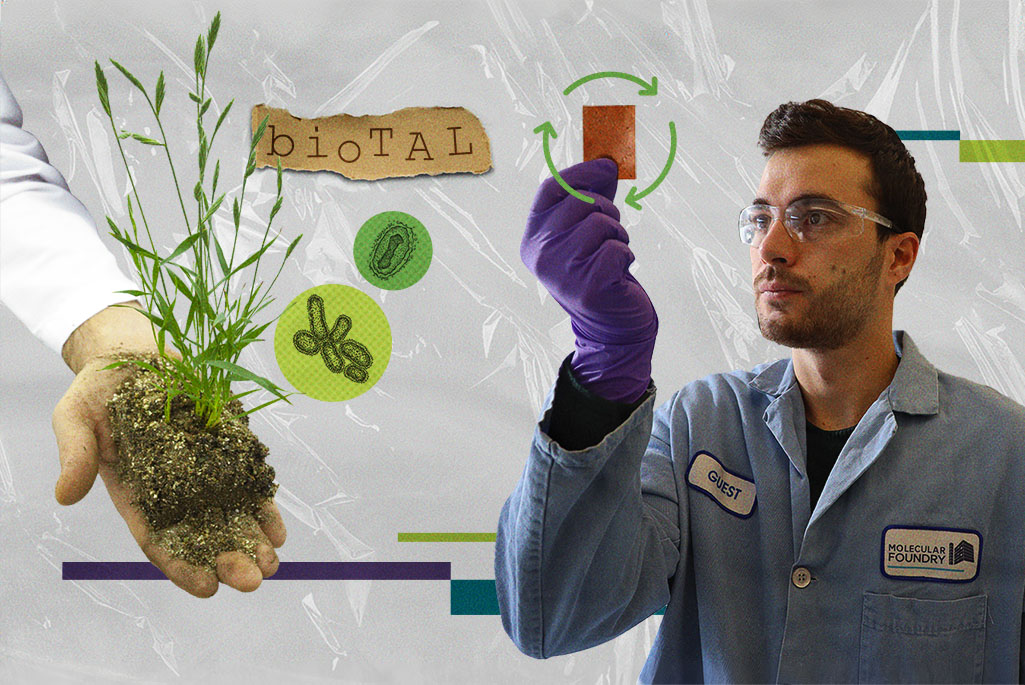
Making Renewable, Infinitely Recyclable Plastics Using Bacteria
In a study published today, researchers successfully engineered microbes to make biological alternatives for the starting ingredients in an infinitely recyclable plastic known as poly(diketoenamine), or PDK.
New biodegradable plastics are compostable in your backyard
A team led by researchers at the University of Washington has developed new bioplastics that degrade on the same timescale as a banana peel in a backyard compost bin.
Plasma electrochemistry offers novel way to form organic chemical bonds
Plasma engineers and chemists at the University of Illinois demonstrated a sustainable way of forming carbon-carbon bonds — the bedrock of all organic compounds — without expensive rare metals that are typically required as catalysts.

World tour for model boat inspiring citizen science against environmental pollution
After capturing the world’s attention on expeditions around East Africa, the Flipflopi project continues to find ways to inspire communities, governments and businesses to take action against environmental pollution. Now, a model of the traditional ‘dhow’ style vessel has arrived in Lisbon in Portugal from Dundee in Scotland as part of a travelling exhibition.
Filtering pollution: A microfluidic device for collecting microplastics via acoustic focusing
Plastic debris particles smaller than 5 mm in size, known as microplastics (MPs), are a serious environmental concern.
Most plastic eaten by city vultures comes straight from food outlets
Since the 1950s, humanity has produced an estimated 8.3bn tons of plastic, adding a further 380m tons to this amount each year. Only 9% of this gets recycled.
What can we do about all the plastic waste?
The Institute for the Cooperative Upcycling of Plastics (iCOUP) is helping to address the plastic waste accumulation problem by developing the science needed to turn used plastic into valuable materials.
Pulsing ultrasound waves could someday remove microplastics from waterways
Colorful microplastics — less than 5 mm wide — drift along under the surface of most waterways. Now, a team reports a two-stage device made with steel tubes and pulsing sound waves to remove these potentially harmful particles from water samples. They will present their results at ACS Spring 2023.
Woods Hole Oceanographic Institution helps lead groundbreaking study on the human and ocean health impacts of ocean plastics
For the first time, leading researchers from the fields of healthcare, ocean science, and social science have collaborated to quantify plastic’s considerable risks to all life on Earth.
Two worlds, one material
Until now, it has been clear: you can have a metal or a plastic, but not both in one. However, things don’t have to stay that way. In the journal Angewandte Chemie, a Chinese research team has now reported a polymer with a metallic backbone that is conductive, thermally stable, and has interesting optoelectronic properties.
Using fungi, researchers convert ocean plastic into ingredients for drug industry
Research on fungi underway at the University of Kansas has helped transform tough-to-recycle plastic waste from the Pacific Ocean into key components for making pharmaceuticals.
Nanoplastics unexpectedly produce reactive oxidizing species when exposed to light
A team of researchers led by Young-Shin Jun at the McKelvey School of Engineering at Washington University in St. Louis found that nanoplastics facilitate formation of manganese oxide on polystyrene nanoparticles.
Microplastics deposited on the seafloor triple in 20 years
The total amount of microplastics deposited on the bottom of oceans has tripled in the past two decades with a progression that corresponds to the type and volume of consumption of plastic products by society.
Microplastics could make other pollutants more harmful
On their own, microplastics are potentially harmful, and it’s unclear what effect they could have on pollutants. Now, researchers reporting in ACS’ Environmental Science & Technology Letters show that, when attached to microplastics, UV filters in sunscreens can make chromium metal more toxic.
Synthetic fibers discovered in Antarctic air, seawater, sediment and sea ice as the ‘pristine’ continent becomes a sink for plastic pollution
As nations meet in Uruguay to negotiate a new Global Plastics Treaty, marine and forensic scientists publish new results this week that reveal the discovery of synthetic plastic fibres in air, seawater, sediment and sea ice sampled in the Antarctic Weddell Sea.
Scientists say chemicals could undercut global plastics treaty
Next week the United Nations intergovernmental negotiating committee to develop an international legally binding instrument on plastic pollution will meet in Uruguay.
60% of home ‘compostable’ plastic doesn’t fully break down, ending up in our soil
In a UK-wide study, researchers found that 60% of home-compostable plastics do not fully disintegrate in home compost bins, and inevitably end up in our soil.
Engineers weave advanced fabric that can cool a wearer down and warm them up
Textile engineers have developed a fabric woven out of ultra-fine nano-threads made in part of phase-change materials and other advanced substances that combine to produce a fabric that can respond to changing temperatures to heat up and cool down its wearer depending on need.
Emerging Methods for Recycling Plastics Address Barriers, Opportunities
Understanding the fundamentals of these emerging technologies will help design improved systems for chemical recycling and upcycling of waste plastics.
RESEARCHERS DEVELOP PLASTIC FILM THAT CAN KILL VIRUSES USING ROOM LIGHTS
Researchers at Queen’s University Belfast have developed a ground-breaking plastic film that can kill viruses that land on its surface with room light.
Detecting nanoplastics in the air
Nanoplastics often find their way into the soil and water. But they can also float in the air. Now, researchers have developed a sensor that detects airborne nanoplastics and reports their type of plastic and sizes using carbon dot films. They will present their results at ACS Fall 2022.
Sustainable, biodegradable, vegan glitter – from your fruit bowl
Glitter is the bane of every parent and primary school teacher. But beyond its general annoyance factor, it’s also made of toxic and unsustainable materials, and contributes to plastic pollution.
Research guides future of plastic waste chemical recycling
New research from Cornell University aims to ease the process of chemical recycling – an emerging industry that could turn waste products back into natural resources by physically breaking plastic down into the smaller molecules it was originally produced from.
Sunlight Can Break Down Marine Plastic into Tens of Thousands of Chemical Compounds, Study Finds
Sunlight was once thought to only fragment plastics in the marine environment into smaller particles that chemically resemble the original material and persist forever. However, scientists more recently have learned that sunlight also chemically transforms plastic into a suite of polymer-, dissolved-, and gas-phased products.
FSU researchers discover pine sap-based plastic, a potential change for future of sustainable materials
Over the past 100 years, plastics and polymers have changed the way the world operates, from airplanes and automobiles to computers and cell phones — nearly all of which are composed of fossil fuel-based compounds. A Florida State University research team’s discovery of a new plastic derived from pine sap has the potential to be a gamechanger for new sustainable materials.
Turning Plastic into Foam to Combat Pollution
In Physics of Fluids, researchers have developed a method to turn biodegradable plastic knives, spoons, and forks into a foam that can be used as insulation in walls or in flotation devices. The investigators placed the cutlery into a chamber filled with carbon dioxide. As pressure increased, the gas dissolved into the plastic. When they suddenly released the pressure in the chamber, the carbon dioxide expanded within the plastic, creating foaming.
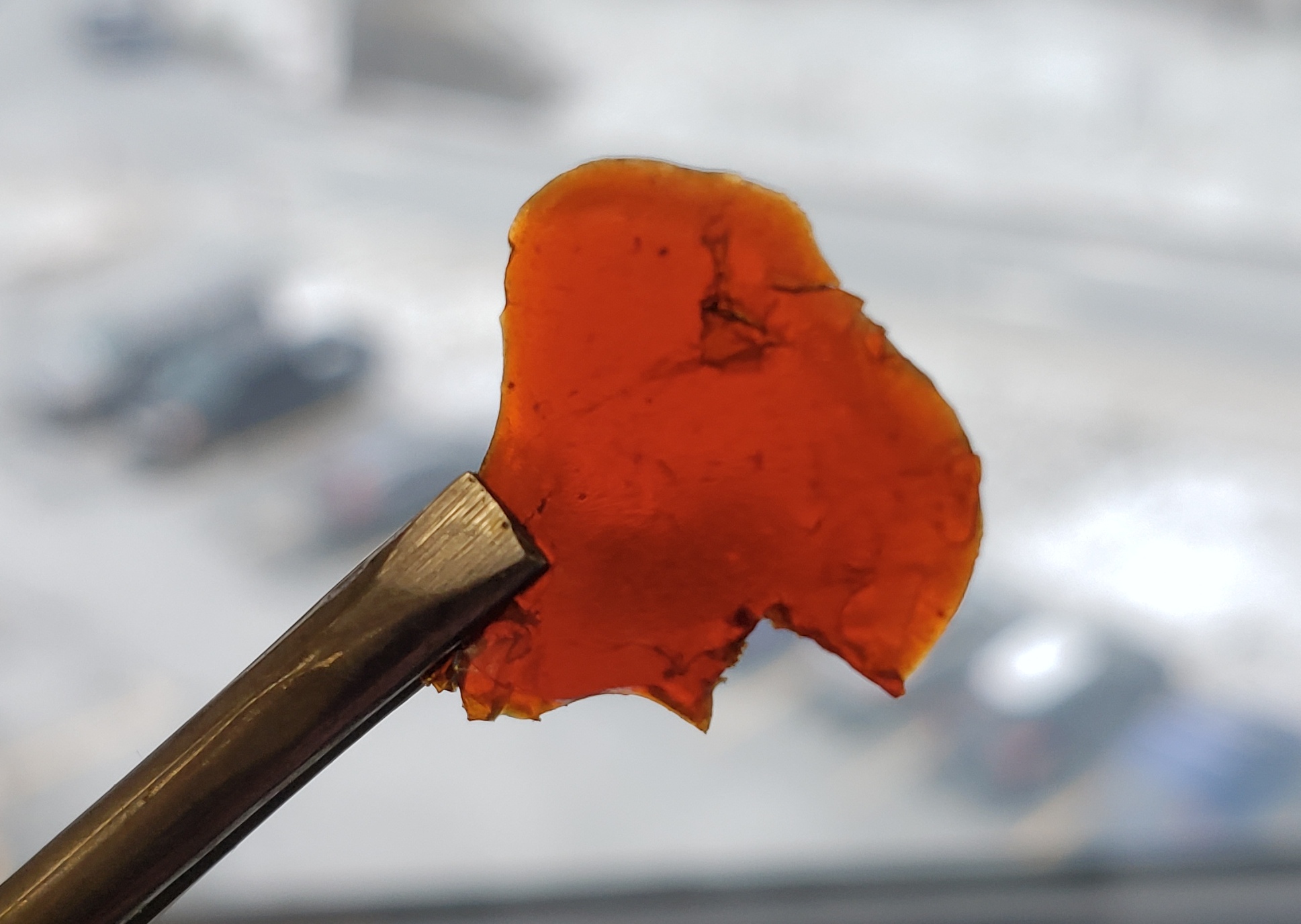
Making cleaner, greener plastics from waste fish parts
Derived from crude oil, toxic to synthesize, and slow to degrade, polyurethanes are not environmentally friendly. Today, researchers discuss a safer, biodegradable alternative derived from fish waste that would otherwise likely be discarded. They will present their results at ACS Spring 2021.
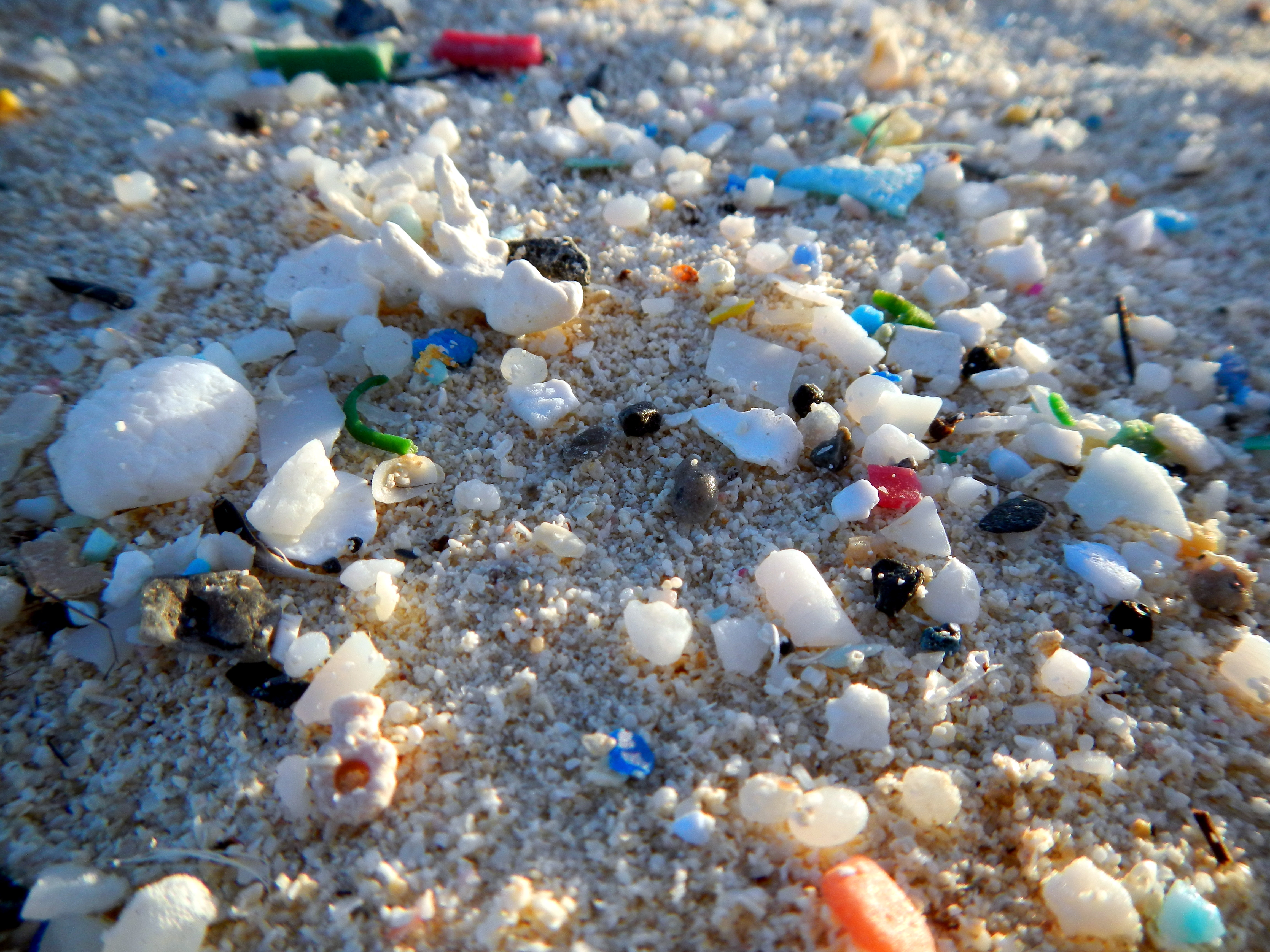
Microplastic Sizes in Hudson-Raritan Estuary and Coastal Ocean Revealed
Rutgers scientists for the first time have pinpointed the sizes of microplastics from a highly urbanized estuarine and coastal system with numerous sources of fresh water, including the Hudson River and Raritan River. Their study of tiny pieces of plastic in the Hudson-Raritan Estuary in New Jersey and New York indicates that stormwater could be an important source of the plastic pollution that plagues oceans, bays, rivers and other waters and threatens aquatic and other life.
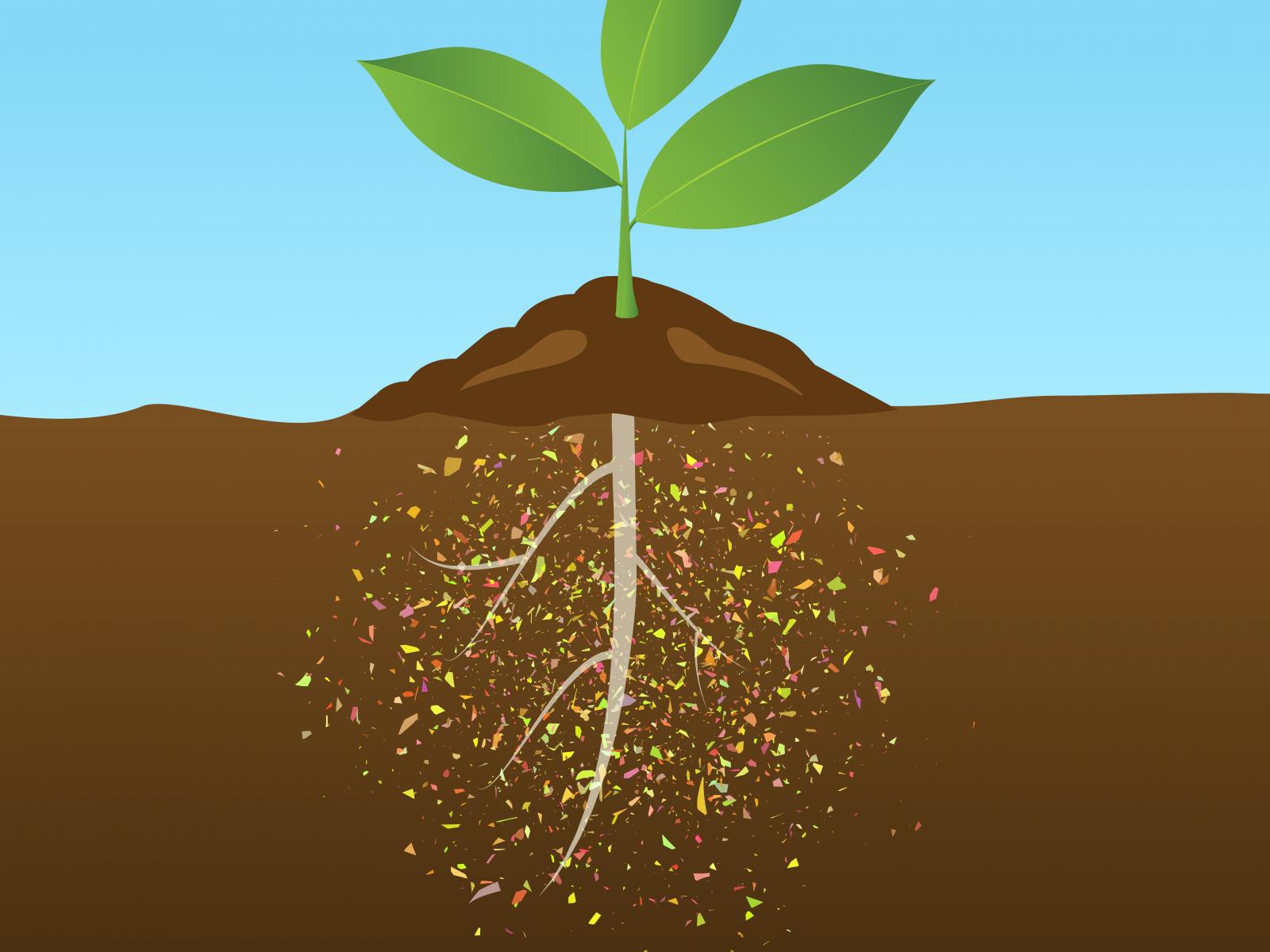
The Root of Microplastics in Plants
Micro- and nanoplastics were not absorbed by plant cells but did attach to the root cap. This could bode well for future cleanup of contaminated environments, but not well for root crops, like carrots.
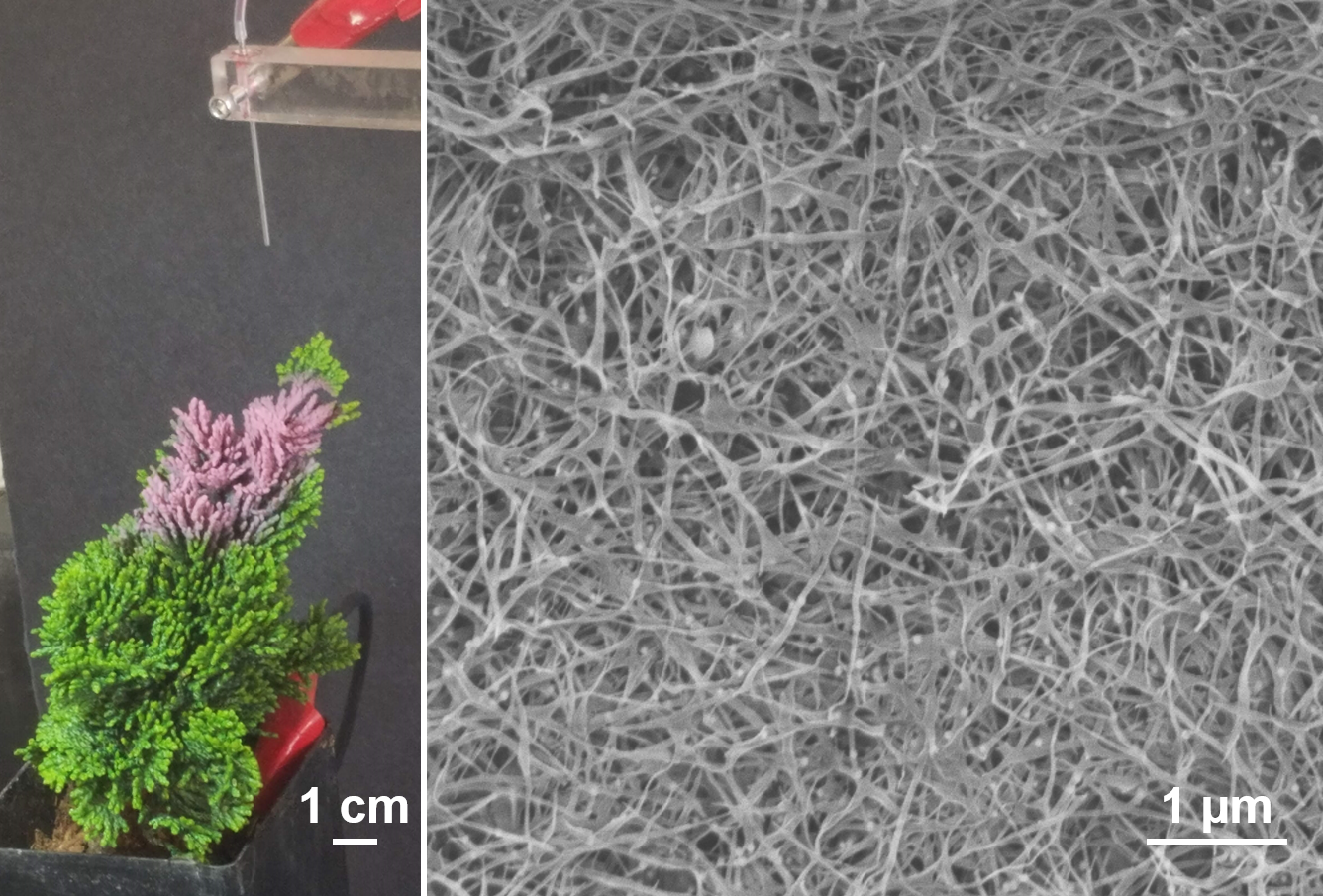
Plant-Based Spray Could be Used in N95 Masks and Energy Devices
Engineers have invented a way to spray extremely thin wires made of a plant-based material that could be used in N95 mask filters, devices that harvest energy for electricity, and potentially the creation of human organs. The method involves spraying methylcellulose, a renewable plastic material derived from plant cellulose, on 3D-printed and other objects ranging from electronics to plants, according to a Rutgers-led study in the journal Materials Horizons.

Newly funded study aims to convert paper and plastic wastes into food
Researchers at Iowa State University and their partners will create a system that converts wastes generated by military expeditionary forces into food.
A new method for making a key component of plastics
Scientists have discovered a previously unknown way that some bacteria produce the chemical ethylene – a finding that could lead to new ways to produce plastics without using fossil fuels.
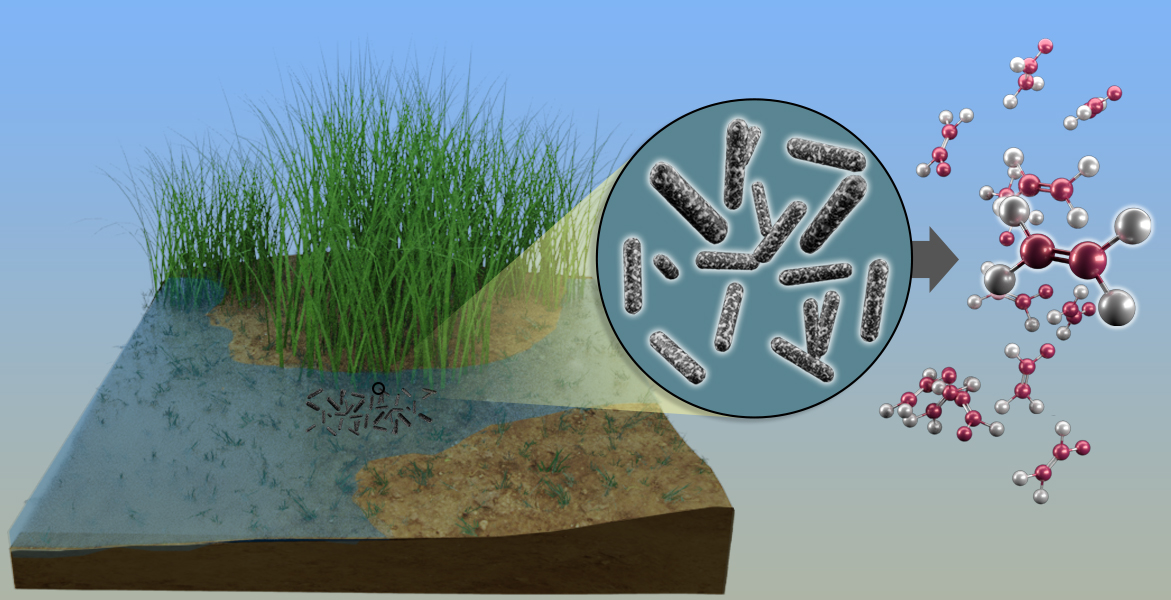
Sulfur-scavenging bacteria could be key to making common component in plastic
Scientists at Oak Ridge National Laboratory and Ohio State University discovered a new microbial pathway that produces ethylene, providing a potential avenue for biomanufacturing a common component of plastics, adhesives, coolants and other everyday products.
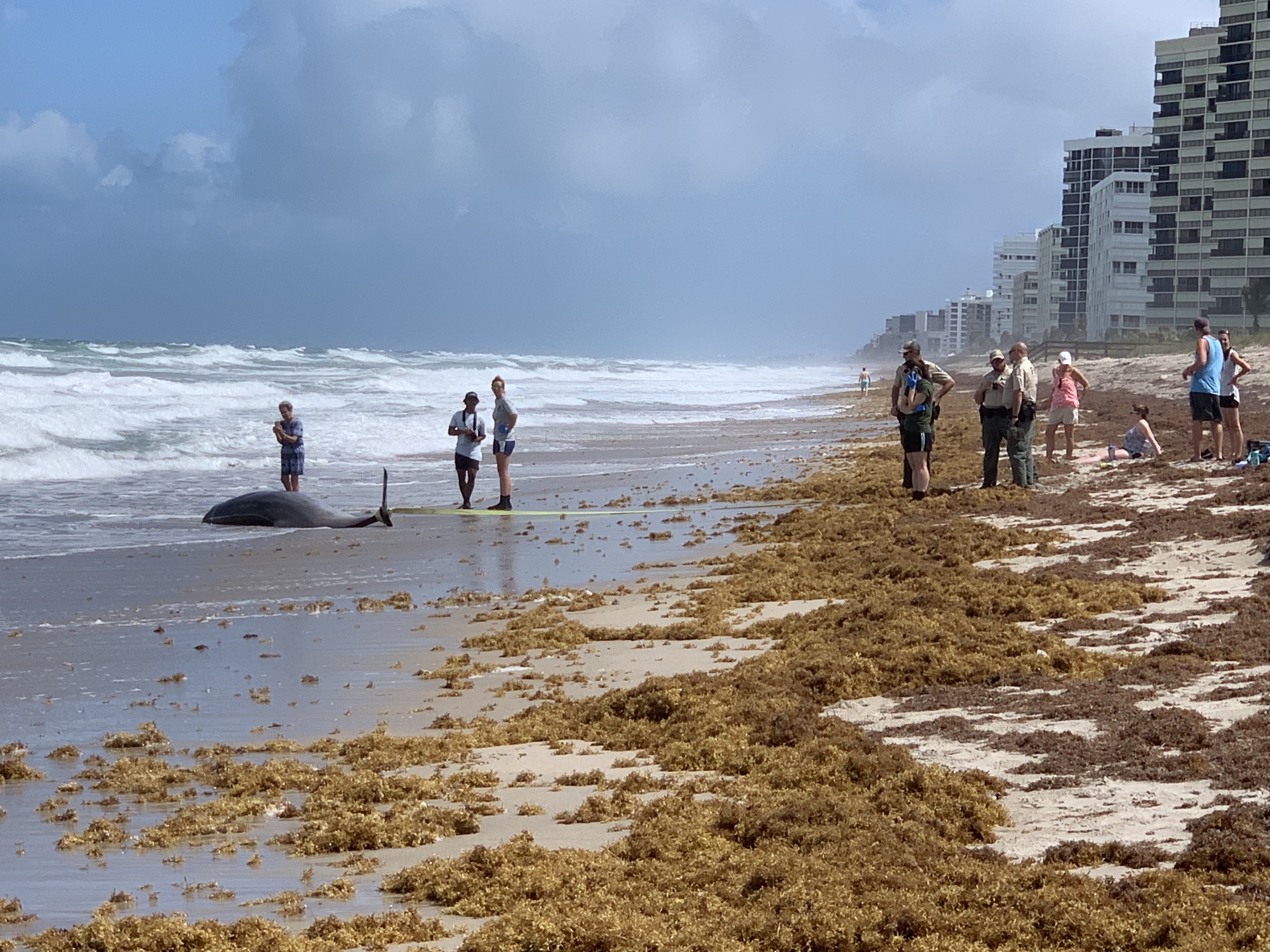
Study Finds High Levels of Toxic Pollutants in Stranded Dolphins and Whales
Researchers examined toxins in tissue concentrations and pathology data from 83 stranded dolphins and whales from 2012 to 2018. They looked at 11 different animal species to test for 17 different substances. The study is the first to report on concentrations in blubber tissues of stranded cetaceans of atrazine, DEP, NPE and triclosan. It also is the first to report concentrations of toxicants in a white-beaked dolphin and in Gervais’ beaked whales.
Ames Lab-led research team wins a $12.8M boost from the Department of Energy to tackle plastic upcycling science
The U.S. Department of Energy’s Ames Laboratory will lead the Institute for Cooperative Upcycling of Plastics (iCOUP) Energy Frontier Research Center (EFRC), with $12.8 million in funding over four years.
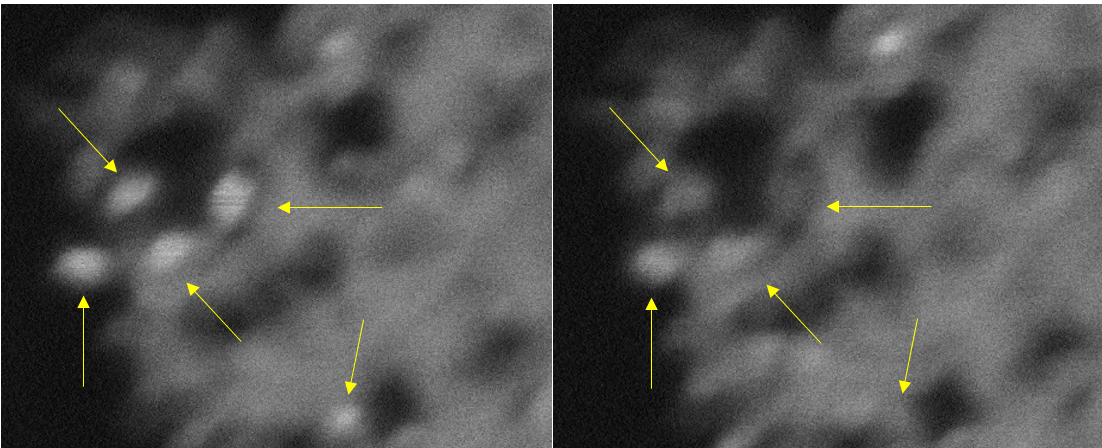
‘Blinking” Crystals May Convert CO2 into Fuels
Imagine tiny crystals that “blink” like fireflies and can convert carbon dioxide, a key cause of climate change, into fuels. A Rutgers-led team has created ultra-small titanium dioxide crystals that exhibit unusual “blinking” behavior and may help to produce methane and other fuels, according to a study in the journal Angewandte Chemie. The crystals, also known as nanoparticles, stay charged for a long time and could benefit efforts to develop quantum computers.
The many lifetimes of plastics
Many of us have seen informational posters at parks or aquariums specifying how long plastics bags, bottles, and other products last in the environment. They’re a good reminder to not litter, but where does the information on the lifetime expectancy of plastic goods come from, and how reliable is it?